1. Lawn Flamingos

It seems harmless—pink plastic birds scattered across front lawns—but lawn flamingos have become surprisingly polarizing. Some neighbors see them as whimsical, cheerful decorations that bring a neighborhood to life. Others view them as tacky or even chaotic, especially when multiple houses go overboard. Suddenly, a small plastic bird can spark a quiet turf war over taste and aesthetics.
The debate often isn’t just about the birds themselves but about the message they send. Homeowners who embrace eccentric décor can be labeled as “attention-seekers,” while more traditional neighbors feel pressured to conform. What starts as harmless fun can turn into a subtle contest over neighborhood identity. Even a single flamingo can make residents feel like their curb appeal is under scrutiny.
2. Minimalist Front Yards

Xeriscaping and rock gardens are on the rise, and while they’re environmentally friendly, they can divide opinion. Some neighbors admire the water-saving, low-maintenance approach, seeing it as modern and responsible. Others miss the lush green lawns they’ve grown up with, feeling the desert-like alternatives look cold or uninviting. The result is a quiet debate over whether style or tradition should dominate the streetscape.
This tension is especially noticeable in tightly-knit communities with established aesthetics. A home with gravel, cacti, and sparse plants can feel like a statement, intentionally or not. Some residents might fear it lowers property values, while the owner sees it as a smart, sustainable choice. What’s meant to be practical can end up being controversial.
3. Yard Signs
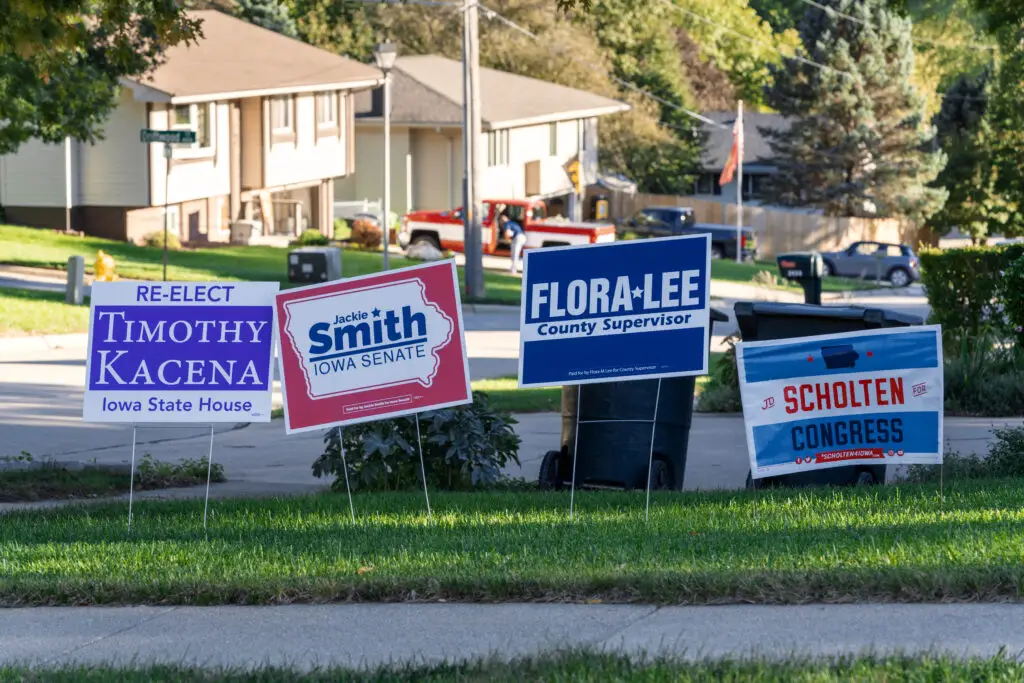
Yard signs—political, social, or quirky—have become flashpoints in many neighborhoods. One sign supporting a candidate can be seen as civic engagement by some and an invasion of shared space by others. Even humorous or pun-filled signs can trigger debates about appropriateness and taste. It’s amazing how a simple message can stir feelings in ways a painted house never could.
Neighbors often take sides without realizing it. A “welcome” sign is harmless, but anything with a message can become a subtle pressure point. Residents might feel forced to display their views or risk seeming apathetic. A street lined with conflicting messages can feel more like a battleground than a community.
4. Electric Scooters
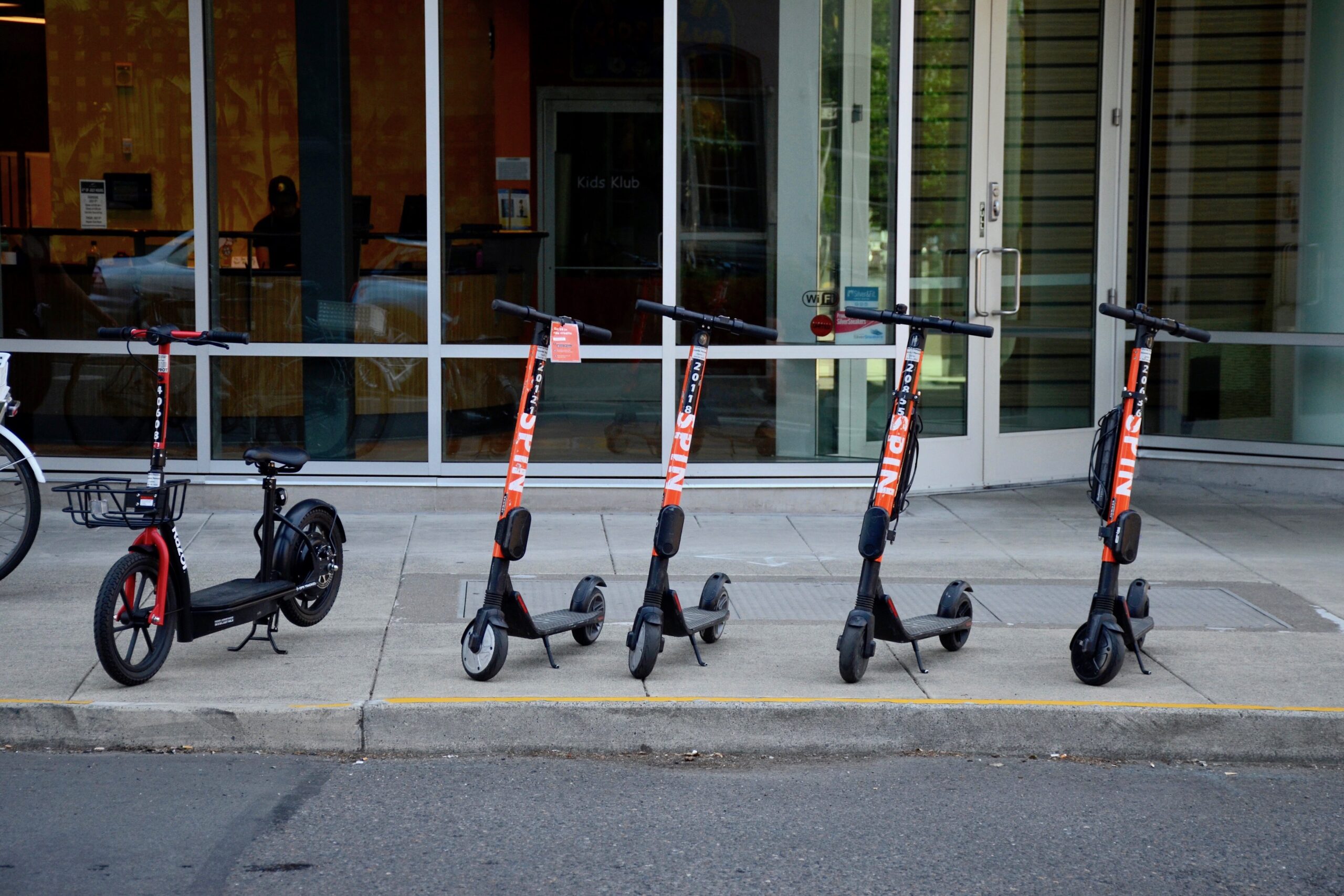
The rise of e-scooters in suburban areas has sparked a love-it-or-hate-it divide. Riders see them as a convenient, eco-friendly alternative for short trips. Others worry about safety hazards, sidewalk clutter, or erratic riding habits. Suddenly, a fun convenience is a source of tension between tech-savvy neighbors and cautious traditionalists.
The friction is often generational. Younger residents embrace them as part of a modern lifestyle, while older neighbors view scooters as a nuisance or a hazard to pedestrians. Streets once quiet now have whizzing scooters, igniting complaints. What seems like a simple mobility choice ends up defining neighborhood dynamics.
5. Seasonal Inflatable Decorations
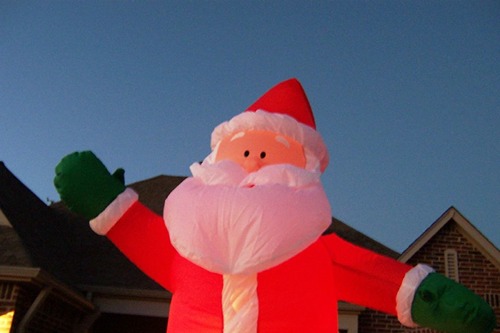
Oversized pumpkins, snowmen, or Santas can brighten a yard but often spark subtle disputes. Some residents see them as festive and fun, while others feel overwhelmed by the visual clutter. Decorations that seem playful to one family can look excessive or gaudy to another. What’s intended to be celebratory can end up creating quiet tension on the block.
Timing and scale matter more than people think. Inflatable displays that appear weeks before a holiday or linger after can trigger complaints. Some neighbors interpret them as thoughtless or attention-seeking. Others simply want the neighborhood to feel orderly and understated.
6. Outdoor String Lights
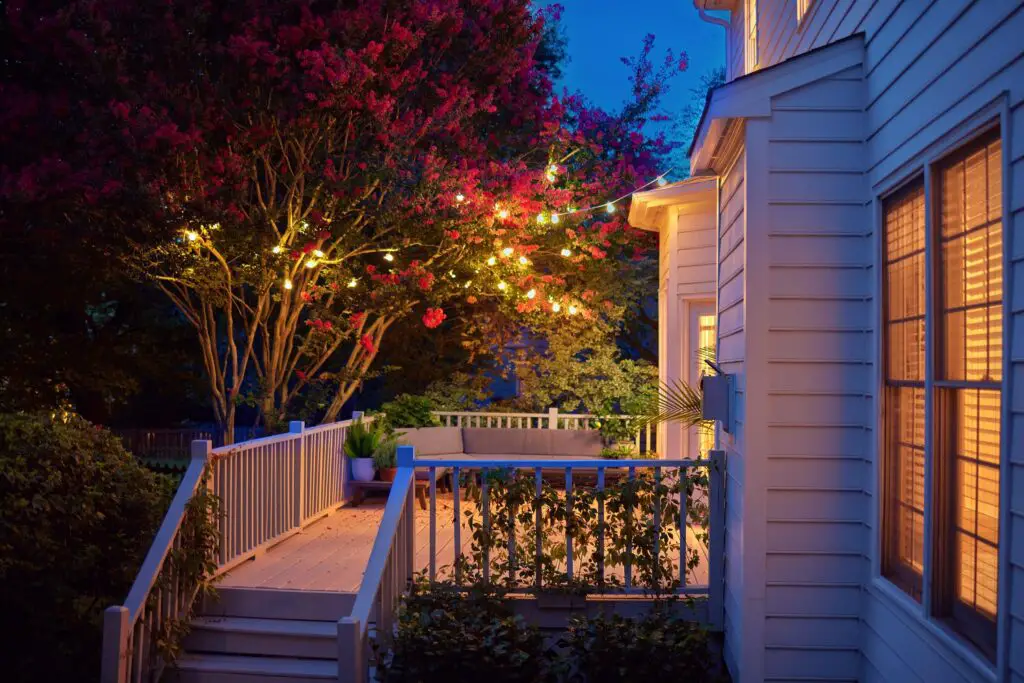
Twinkling lights along fences, trees, and patios can create a magical atmosphere, but not everyone agrees. Some neighbors love the cozy glow; others feel it invades their privacy or causes unwanted light pollution. Even low-wattage setups can generate complaints if they disrupt a neighbor’s evening routine. What seems like innocent ambiance can quietly split opinions.
Conflicts often arise from different ideas about acceptable outdoor living. Nighttime brightness that one family enjoys might prevent another from sleeping or star-gazing. These lights can symbolize the boundary between personal expression and communal respect. The emotional impact is more significant than anyone anticipated.
7. Home Office Signage

Small signs indicating a home office may look innocuous, but they can stir tension in residential neighborhoods. Some neighbors interpret them as an invitation to intrude or judge work habits. Others see them as harmless guidance or even charming personalization. What seems like practical labeling can become a marker of subtle social boundaries.
This trend has grown with remote work becoming more common. Signs can indicate availability, a package drop-off, or even parking rules. Neighbors who don’t understand the purpose may feel disrupted or excluded. The signs become symbols of how work life is merging with community life.
8. Dog Run Areas
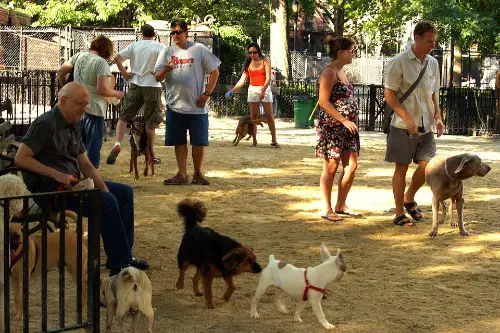
Creating a personal dog park in your yard might seem like a blessing for pet owners. However, neighbors can be sensitive to noise, smells, or perceived unsightliness. Even well-maintained spaces can trigger complaints about barking or property lines. A friendly pup’s playground can quietly challenge neighborhood norms.
Animal lovers and non-pet owners often see the same scene very differently. One family views the dog run as a thoughtful feature; another sees it as a disruption to peace and cleanliness. Tension can grow when communal spaces are encroached upon visually or audibly. It’s a classic example of private joy clashing with collective expectations.
9. Smart Home Gadgets Visible Outside

From video doorbells to outdoor speakers, tech-savvy homes can stand out. Some neighbors appreciate the convenience and safety features, while others feel spied on or overwhelmed by notifications and sounds. The debate often goes beyond privacy—it’s about aesthetics, too. A modern gadget can make a house look futuristic or intrusive, depending on who’s watching.
Security systems are especially divisive. Motion-activated cameras may make some residents feel safer and others more scrutinized. The subtle tension isn’t just about technology but about trust and control. Every blinking light or lens can amplify feelings of judgment.
10. Community Garden Plots

Shared gardening areas can be hubs of connection or hidden points of friction. While some neighbors embrace the opportunity to grow vegetables and flowers, others complain about maintenance, pests, or differing gardening philosophies. The tiny ecosystem becomes a microcosm of personality clashes. Even a small patch of green can divide a street.
Debates often center on rules and responsibilities. Who waters? Who weeds? The plot can become a battlefield of fairness and diligence. Miscommunication is common, and tensions simmer quietly. Gardening together seems peaceful in theory, but practice is another story.
11. Mailbox Decorations
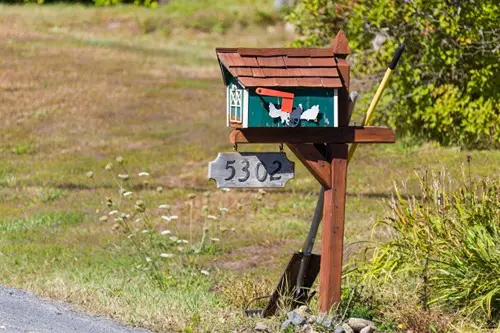
Mailbox creativity ranges from classic to wildly inventive, yet it’s often controversial. Personalized mailboxes can express personality and charm, or they can be criticized as over-the-top and unsightly. Opinions vary sharply even on subtle changes like colors or fonts. A small post can carry more symbolic weight than expected.
Mailbox disputes often surface during community association reviews. Complaints about size, style, or visibility are surprisingly common. Even neighbors with good intentions can clash over what feels like trivial design choices. In small doses, a mailbox is functional; in excess, it’s a statement.
12. Driveway Basketball Hoops
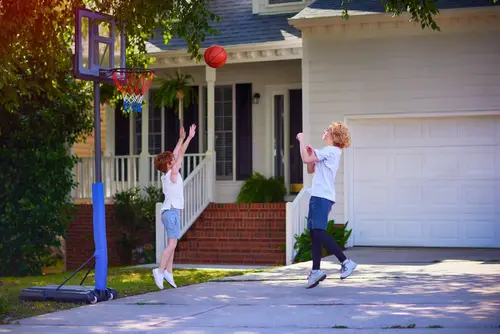
A classic childhood accessory, driveway hoops are now subtle sources of neighborhood tension. Enthusiastic players see them as fun exercise, while others worry about traffic safety, noise, or balls landing on lawns. The hoop itself is neutral; it’s the activity it enables that causes friction. Even casual games can trigger long-standing grievances.
The placement matters a lot. A hoop near a busy intersection or shared driveway can quickly annoy neighbors. Complaints about hours of play or stray balls are common. Sports and recreation, once assumed harmless, can quietly reshape community relations.
13. Outdoor Fire Pits

Fire pits are cozy and social, yet they ignite more than flames. Smoke, noise, and safety concerns can spark quiet disputes among neighbors. What feels like a warm gathering for some can feel intrusive or risky for others. Even a small fire pit carries the potential to divide a block.
Communities often argue over timing and frequency. Evening gatherings that seem casual can feel endless to adjacent homes. The smell of smoke, crackling sounds, or flickering light may disrupt routines. Fire pits are a perfect example of how shared outdoor spaces magnify differing lifestyles.
This post 13 Neighborhood Fads That Quietly Divide Communities was first published on Greenhouse Black.
